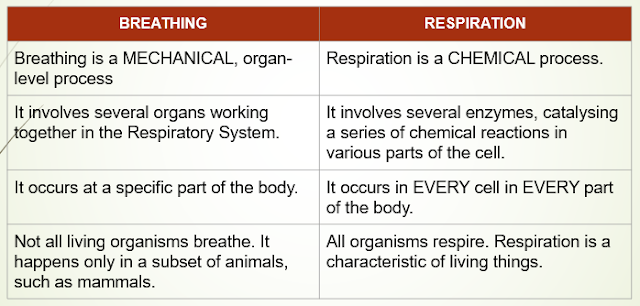FOOD CHAINS, FOOD WEBS ETC... [CSEC BIOLOGY & HSB]
SYLLABUS REFERENCE
HSB
- [A10] Explain the ways in which other living organisms depend on plants directly or indirectly for food;
- [A11] Explain the principles of a food chain and food web;
CSEC BIOLOGY
- [A3.1] identify the relative positions of producers and consumers in food chains;
- [A3.2] identify from each habitat: a food chain containing at least four organisms;
- [A3.3] identify from each habitat: herbivore, carnivore, and omnivore;
- [A3.4] identify from each habitat: predator/prey relationships;
- [A3.5] construct a food web to include different trophic levels;
- [A3.6] explain the role of decomposers;
- [A4.1] explain energy flow within a food chain or web;
ABIOTIC VS BIOTIC FACTORS
Biotic factors are essentially RELATIONSHIPS between organisms in an ecosystem.
The majority of these relationships are feeding relationships.
Feeding relationships transfer BOTH matter and energy to the one receiving the food.
Food chains are used to represent this transfer of energy.
- In a food chain, the arrows show the direction in which food and energy flows.
- Every food chain consists of organisms at increasing trophic levels. These are the different feeding levels in the food chain.
- Food chains on land (terrestrial) rarely have more than four trophic levels.
- Aquatic food chains are either in the sea (marine) or in ponds, rivers, and lakes (freshwater).
- Marine food chains can be longer than four trophic levels, unlike those on land or in freshwater. This is mainly because the first two trophic levels consist of very small organisms, such as phytoplankton.
Algae (growing on coral reef) → parrotfish → grouper → barracuda
Phytoplankton → zooplankton → jellyfish → leatherback turtle
Freshwater Food Chain Examples
Phytoplankton → zooplankton → guppies → killifish
Phytoplankton → zooplankton → small freshwater fish → great white heron
Terrestrial Food Chain Examples
Grass → cricket → lizard → mountain chicken → human
Grass → long-horned grasshopper → lizard → broad-winged hawk
FOOD CHAIN COMPONENTS
All food chains begin with a producer.
Producers are organisms that produce their own food (a form of chemical energy). Green plants, a type of producer, uses photosynthesis to do that.
Producers use most of the food for themselves. Some of that same energy is converted to and lost as heat, which dissipates into the organism's surroundings. The remaining energy can be passed on to other organisms. These organisms are called consumers.
THERE ARE SEVERAL TYPES OF CONSUMERS
Primary aka 1st Order Consumers
- These are consumers that eat producers.
- They are also known as herbivores (plant eaters).
- They belong to Trophic Level 2.
- As with the producers, the consumer uses most of the energy obtained. Some of the energy is converted to and lost as heat. The remaining chemical energy is available to other consumers. This also applies to all other consumers.
- These are consumers that eat herbivores for energy.
- They may be a carnivore or an omnivore.
- Some are predators. Others are scavengers.
- They belong to Trophic Level 3.
- These are consumers that eat secondary consumers for energy.
- They may be a carnivore or omnivore.
- Most are predators.
- They belong to Trophic Level 4.
These are consumers that eat both producers and other consumers.
Examples: bear, racoon, pigs, and humans
Scavengers
These are consumers that feed on the bodies of already dead consumers.
Examples: vulture, corbeaux, and hyenas.
Predator & Prey
Predators hunt and kill other animals for food. The animals that are hunted and killed for food are the prey.
These are bacteria & fungi that feed on the material of dead organisms, and waste matter.
ENERGY FLOW IN ECOSYSTEMS
FOOD WEBS
These are interconnected food chains. They are a more accurate representation of the feeding relationships in an ecosystem.
Each organism usually has more than one food source, and more than one predator / consumer that feeds on it and/or its products.
ECOLOGICAL / FOOD PYRAMIDS
This is a visual representation of quantities at each trophic level. These pyramids can be used to represent a food chain, or a food web.
Pyramid of Numbers
These are based on population estimates at each trophic level.
Pyramid of Biomass
Biomass is the quantity of biological material.
Representative samples from each trophic level are weighed. Those values are then multiplied by the estimated population at that trophic level. This gives an estimated biomass at each trophic level.









